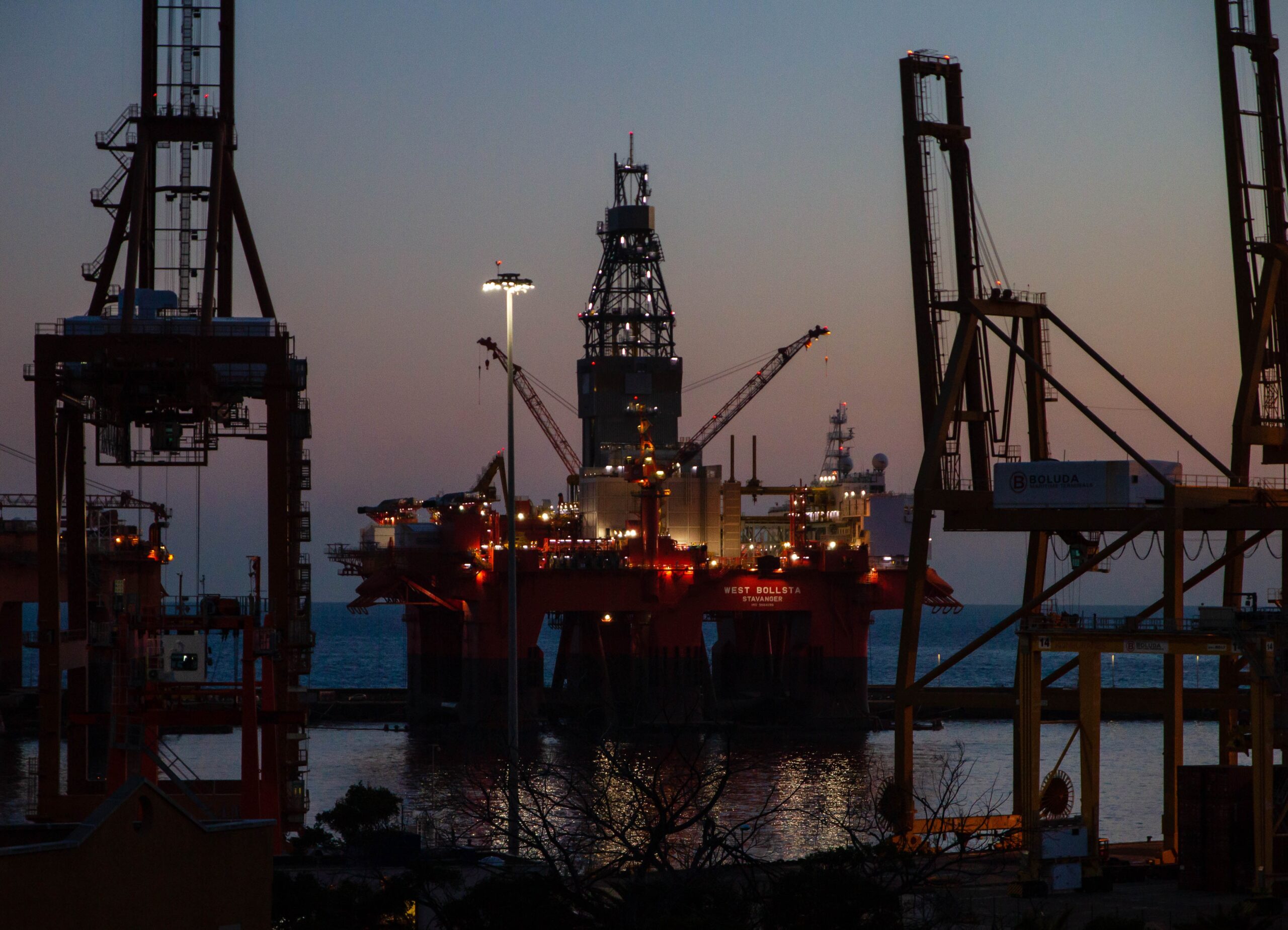Oil and its development

The oil price development from the beginning of this year 2024 evolves according to current world events. This development is mainly influenced by the wars and also by the unrest in the Red Sea, where an Iranian warship entered on Monday, according to official Tasin sources. Among other things, US helicopters also repelled an attack by Iran-backed Houthi forces on a container ship operated by Danish carrier Maersk on Sunday. Denmark’s Maersk and German rival Hapag-Lloyd said their container ships would continue to avoid the Red Sea route that gives access to the Suez Canal.
Black gold (crude oil) prices rose on Wednesday, steadying around 3%, after unrest at Libya’s biggest oil field added to concerns that rising tensions in the Middle East could disrupt global oil supplies. Brent crude rose $2.36, or 3.3%, to $78.25 a barrel on Wednesday, Jan. 3, 2024. U.S. light WTI crude rose $2.32, or 3.3%, to $72.7 per barrel. The oil price is also reacting to the military conflict between Israel and the Gaza Strip, where Israel has stepped up bombing. One of the most uncertain speculations is the killing of a Hamas deputy leader in Beirut, for which Israel has so far neither confirmed nor denied responsibility. Also behind the uncertainty of the oil price is a statement by the head of the Lebanese armed group Hezbollah, which is backed by Iran, in which he warned that the killing of the deputy Hamas chief is a major, dangerous crime about which they cannot remain silent.

In the Red Sea, another Iranian-backed group, the Houthis, continued to attack vessels, raising fears that a wider conflict in the Middle East could develop and close key waterways for oil shipments such as the Red Sea and the Persian Gulf. Another attack took place in Iran to commemorate Commander-in-Chief Qassem Soleimani, who was killed by a US drone in 2020. More than 100 people were killed at that ceremony. Following this attack, Iran said that OPEC, in which Iran is the largest oil producer, will hold a broader dialogue on cooperation between OPEC+ oil producers, including with the Russian alliance to which it also belongs.
The world’s largest association of OPEC+ countries may have decided on further production cuts, but the market is banking on the fact that the negotiated limits won’t be honored as much in the end. OPEC+, the Organization of Petroleum Exporting Countries and allies such as Russia agreed in late 2023 to voluntarily cut production by 2.2 million barrels of oil for the first quarter of 2024. Saudi and Russian officials also said the cuts would prevent a first-quarter surge in oil inventories and could be extended or deepened.